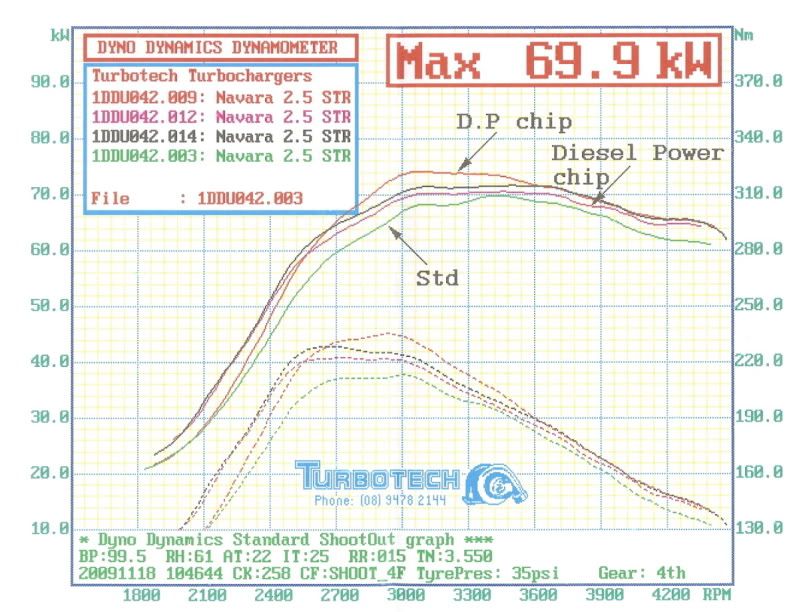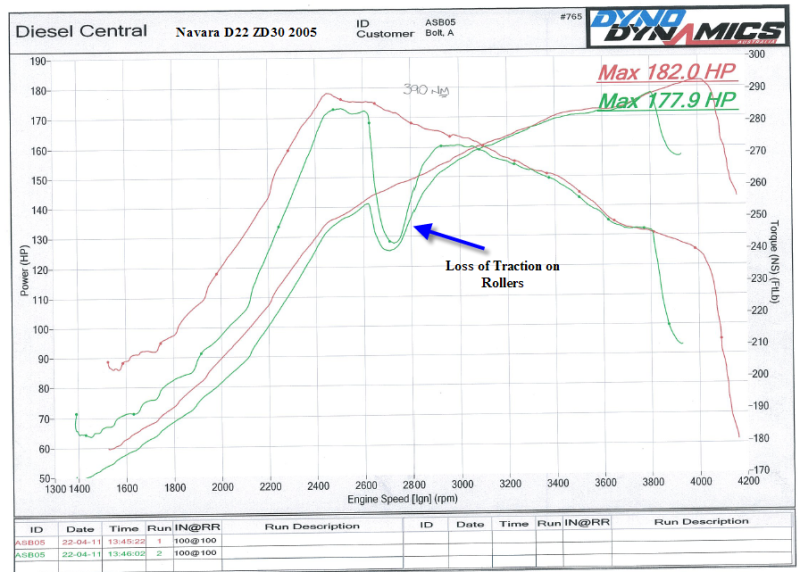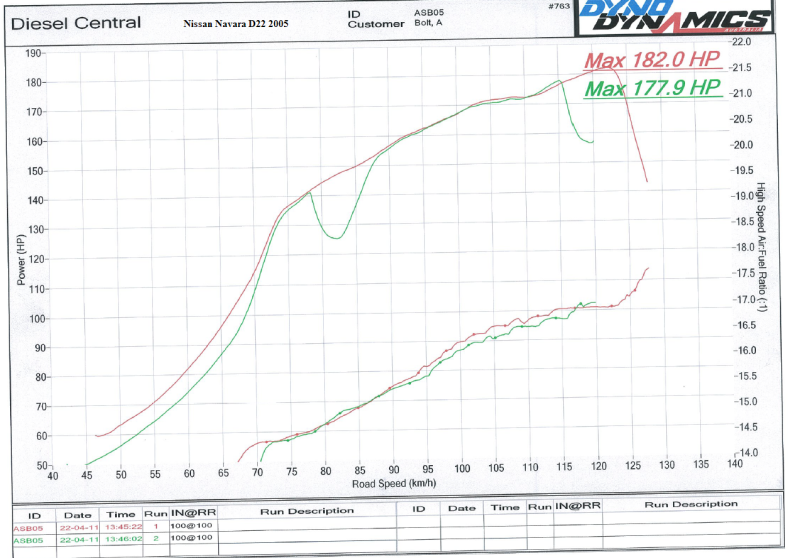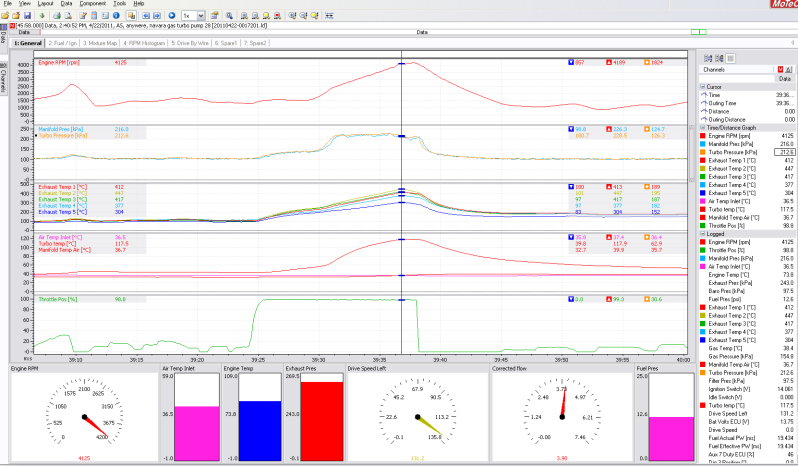Matt76
Member
I know not too many of us here have got their truck dyno'd but i thought it might be good to see the results of those who have, especially those with the gas mod.
This is mine done at AMMS at Sandgate (QLD)

110rwhp at about 2000rpm isn't too bad!
The red line is before the 3" exhaust, the blue line is after. I actually lost HP at the top end, not that I care, I don't use that much. I don't understand what the 'tractive effort' scale relates to.
I haven't had it dyno'd since the chip went on, I will post that up when it gets done.
This is mine done at AMMS at Sandgate (QLD)

110rwhp at about 2000rpm isn't too bad!
The red line is before the 3" exhaust, the blue line is after. I actually lost HP at the top end, not that I care, I don't use that much. I don't understand what the 'tractive effort' scale relates to.
I haven't had it dyno'd since the chip went on, I will post that up when it gets done.






























